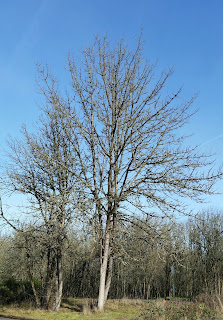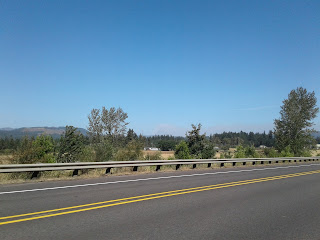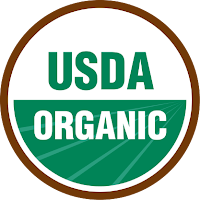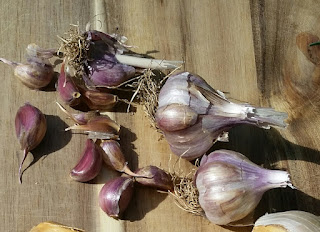Influence Environmental Policy - Write Your Representative

There are two components to the process of improving the health of our environment – the individual and the policy-makers or public officials. The actions individuals take to improve the health of our environment will only make a difference if the political policies are in place to protect the environment and encourage natural resource conservation. Many people consider themselves to be eco-friendly and make efforts to reduce, reuse, and recycle. This is great and I want to thank you for your efforts. Now it’s time to take the next step from individual actions to community action. A great way to participate in community action and influence environmental policy is to write a letter or email to an elected public official to advocate for planet-friendly policies that matter to you and your community. To begin, visit your states legislature website. Here you will find a list of representatives, including their contact information, and a list of upcoming bills, revised stat...








